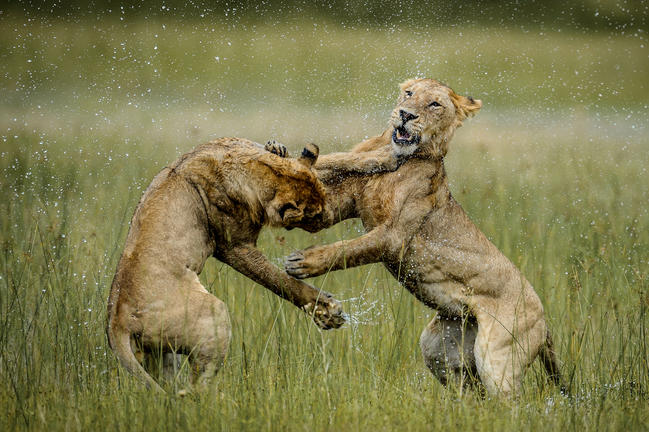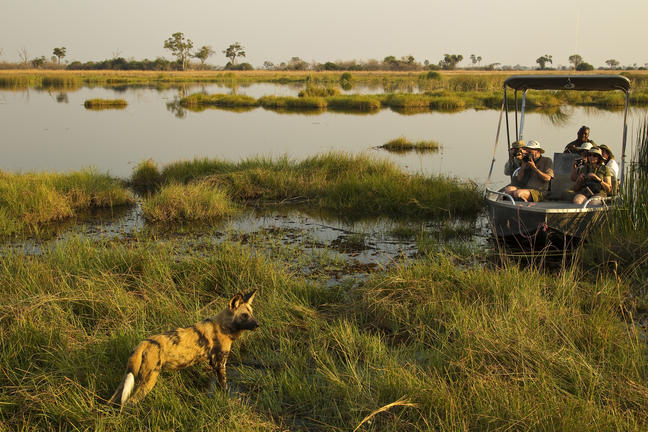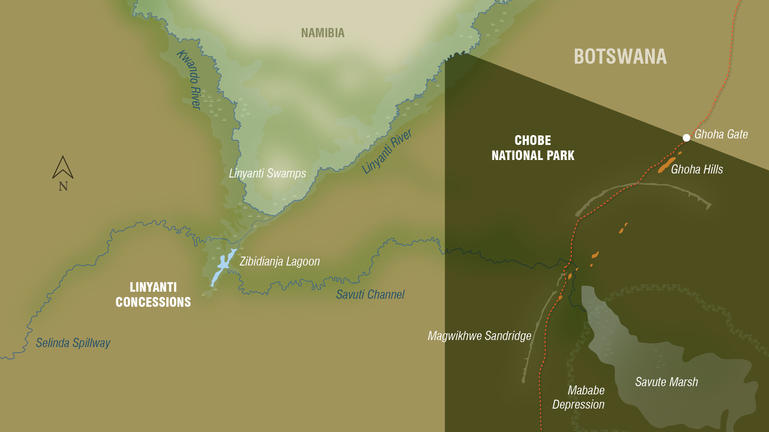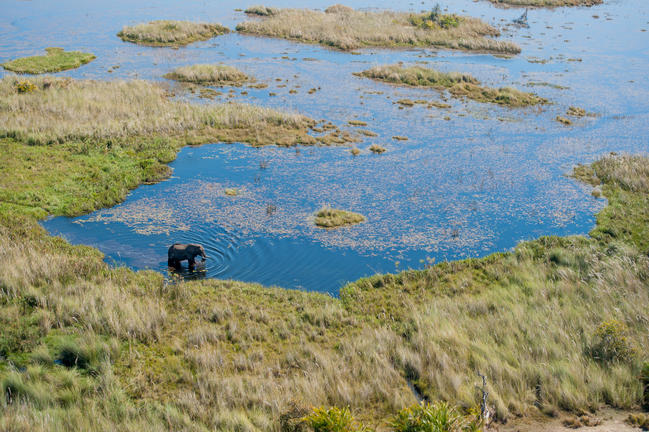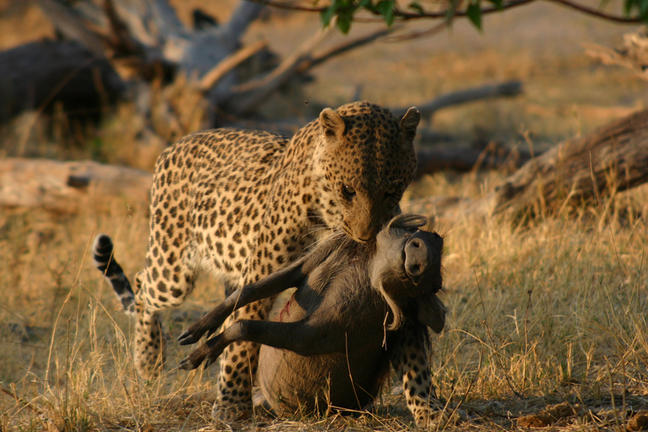HABITATS
The Linyanti area lies to the north-east of the Okavango Delta where the Kwando and Linyanti Rivers meet at right angles on the border with Namibia, forming a swamp area within this triangle. Most of the swamps are only accessible on the Namibian side, with Botswana’s share of the Linyanti focusing more on dry land game viewing. The Linyanti contains riverine woodlands, open woodlands, towering mopane and leadwood forests as well as floodplains, open grasslands and waterholes. The Linyanti is a great dry land contrast to the water-inundated Okavango Delta and rounds off a full safari perfectly.
SEASONALITY
The Linyanti is at its best for game viewing during the dry winter months. Once the rains start (usually October – November) the strength of game viewing is affected as wildlife disperses into the bush to seek out fresh food and surface water elsewhere. Wild dogs will start denning from June onwards and can be most easily found for 3 – 4 months after this time as they hunt from their dens. Birdlife in the area is best between October and January.
SIGHTINGS
Although sightings in the bush depend on a number of factors from the skill of your guide to the season of travel (and often just sheer luck), the Linyanti has become most notorious for providing reliable wild dog sightings. Other predators such as leopards, cheetah, hyenas and lions can be found here too. The Linyanti (together with the Chobe Riverfront) hosts the highest density of African elephants on the continent (and therefore the world). Birdlife in the area is rich with carmine bee eaters nesting in the river banks during the later months of the year.

